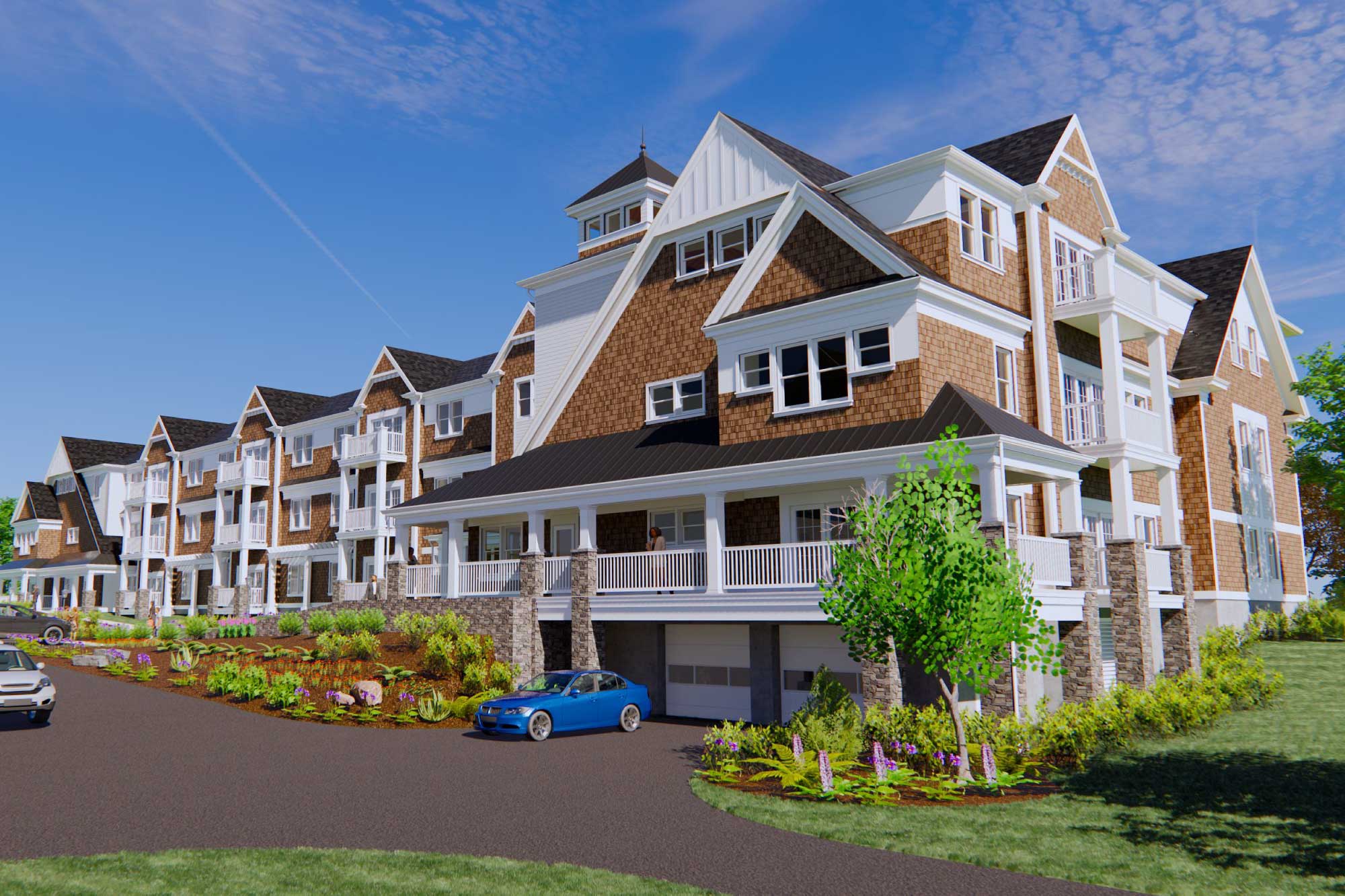My wife recently recommended that I watch the movie “The Impossible”, a film based on a true story of survival during the devastating 2004 tsunami in Thailand. My first thought in the midst of a pandemic was, Why? But as is typically the case, she was right. The movie was a rich and inspiring story that brings with it hope and confidence that anything is possible. It leaves us asking ourselves: Why could they not have foreseen the tsunami and prepared for it?
It made me question what blind spots exist in the real estate industry: What do we know is coming, but are not preparing for adequately?
We have heard the looming statistics: The aging of the American population is increasing at an alarming rate. In 20 years, one in five Americans will be over 65 years of age and that number will more than double over the next 40 years. Of the over 65 age group,15% will be over 85 years of age and is projected to nearly quadruple in the next 20 years. The unprecedented need for senior housing is coming—the question is whether we can provide enough safe, affordable, comfortable and care-appropriate options before the wave hits the shore.
As planners and designers, there are some steps we can do to prepare. First, we must acknowledge that what has come before and what is in place now is unsustainable. The pandemic has opened our eyes to the health issues inherent in nursing homes and elderly congregate living facilities. This does not mean they should be abandoned, but it does mean they must be re-imagined, re-designed, and re-born as safe and desirable homes for the aged.
My mother is 96 years old and by the grace of God is living in her own home in the farmlands of Northwest Ohio. She is superbly cared for by my saintly sister and her husband who live next door. This arrangement is a rarity because of the transient nature of younger generations. Realistically, generational housing—while often best for the person needing care—is not always best for the caregiver and should not be considered a broad-brush solution. There are, however, some innovative alternatives for elder care housing that can provide significant pieces of the senior housing puzzle.
Private Collaboratives
Private collaborative homes, though rare in America, are rather popular in European communities due to their affordability, intimate scale, and social connectiveness with multiple generations. Affordability is found in right-sized rooms; shared kitchens, amenity spaces, and expenses; and small management and health care staffs. Often a few dwelling units are rented to younger families with children who provide the companionship and social interaction important to combating loneliness in seniors. The more intimate scale of 8 to 12 seniors also provides an added level of protection from future health crises.
Senior Living Re-imagined
We—the individuals; families; healthcare community; federal, state, and local governments; planners and designers—must create a new response to senior living that combines skilled nursing, independent living and assisted living in built environments that are indeed communities that feel like home, at whatever level of care is required. Today, living in a nursing home is a frightful situation due to insufficient safely and health care protocols brought to light in the pandemic. Going forward, we expect the senior care industry will undergo a government-sponsored overhaul of building standards, including institution of hospital quality heating, ventilation and air-conditioning systems.
Unlike Thailand in 2004, we know right now in America what is on the horizon for the housing and health care needs of our seniors. Let us remember “The Impossible” story and have hope and confidence that anything is possible, including preparing for seniors to enjoy social interaction, homelike comfort and dignified care in the senior housing options of the future. We’ll all be there soon enough, let’s make it a place we can be proud of.
This article originally appeared in the Dec 27, 2020 issue of Banker and Tradesman.

